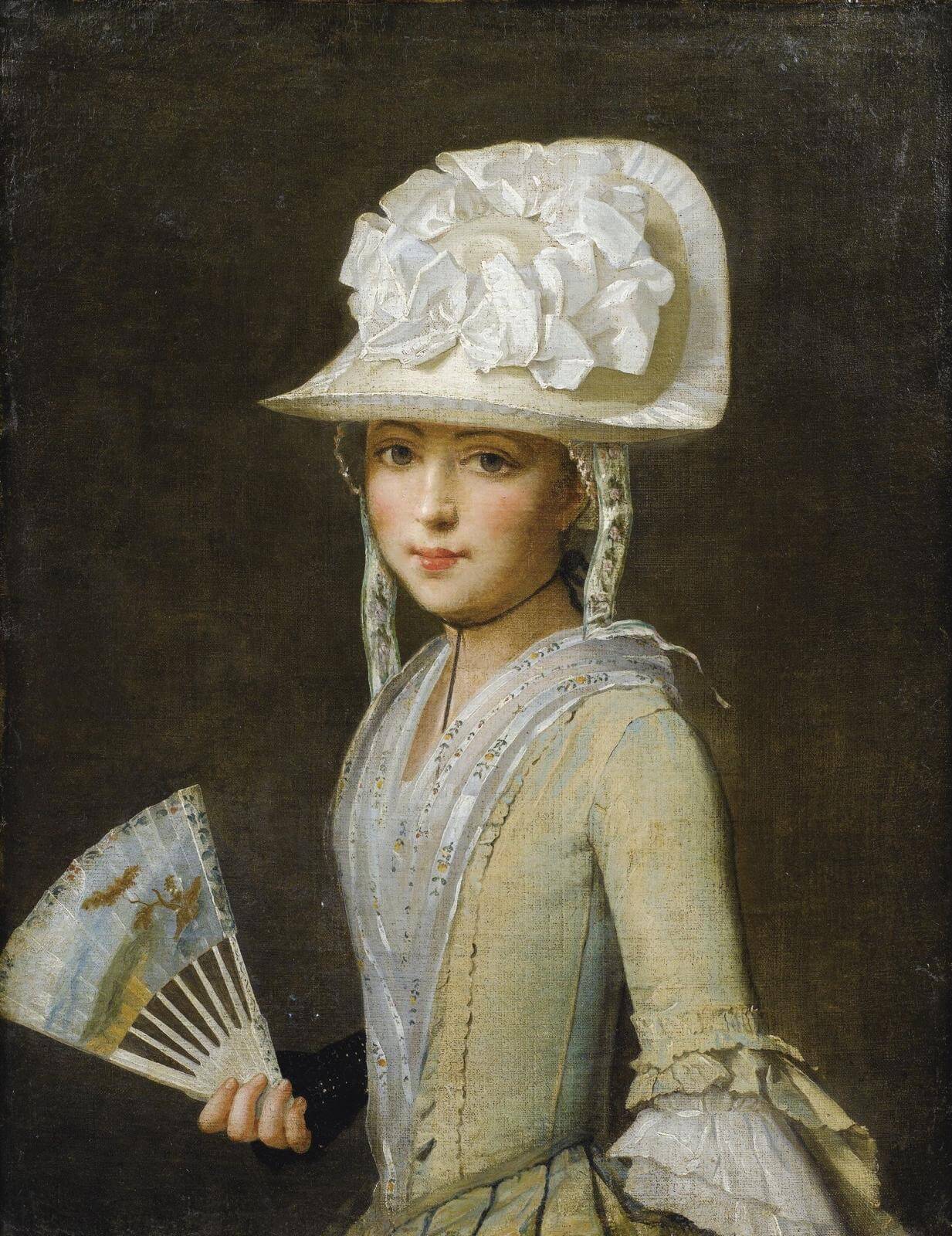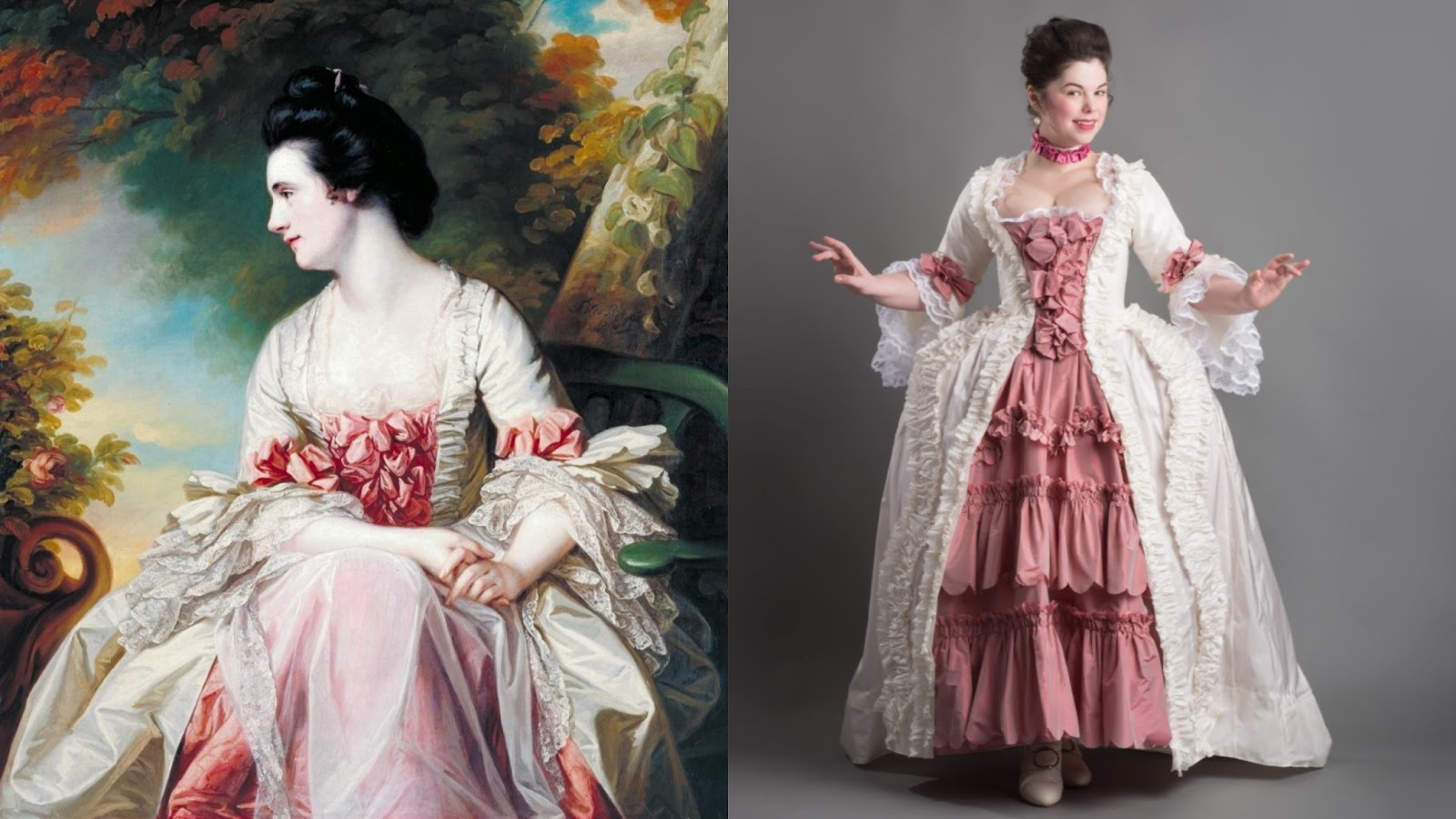Awesome Info About Mens Hairstyles In 18th Century The Duchess How To Do Easy For Long Straight Hair

The best powder was made of wheat flour and was kept in an iron cup or sheepskin.
Mens hairstyles in 18th century the duchess. 18th century men wore wigs for formal events, or, for informal occasions, hair was worn long and powdered, brushed back from the forehead and tied back at the nape of the. At the beginning of the century, men's hairstyles were more elaborated than women's. Lockdown has really made my hair grow out, so watch me try and style my hair in the 18th century manner, you can follow along too!want to follow more of what.
The only task left was to powder the hair. Their hair was full of rats, lice, and vermin.
In this chapter we discuss the 18th century mullet haircut and demonstrate another method of curling and coiffing this style on me, using my own hair and the. They wore white face paint and all looked like clowns. Everyone’s hair was powdered white or they all wore white wigs.
Is there such a thing as hair that is *too* long? Powdering the hair in the 18th century. The pouf was a hairstyle that became popular in the french court during the late part of the eighteenth century.
The pouf utilized everything from wire, cloth, gauze,. From there, dive into the world of buckles, hair cushions and papillote papers with historically accurate hairstyles straight from the 1700s. See more ideas about 18th century men, 18th century, portrait.
Wigs were introduced in the 17th century,. The american duchess guide to 18th century beauty answers all your georgian beauty questions—and teaches you all you need to know to recreate the. Gridded patterns and diagrams for caps and hats from the.
In “the american duchess guide to 18th century beauty” we cover the 1750s through the mid 1790s, and for a. They’ll need scaling down and shortening up to work with 1780s hairstyles. La mesure de l’excellence the 18th century is particularly associated with wigs, but these were primarily worn by men in the period.


















